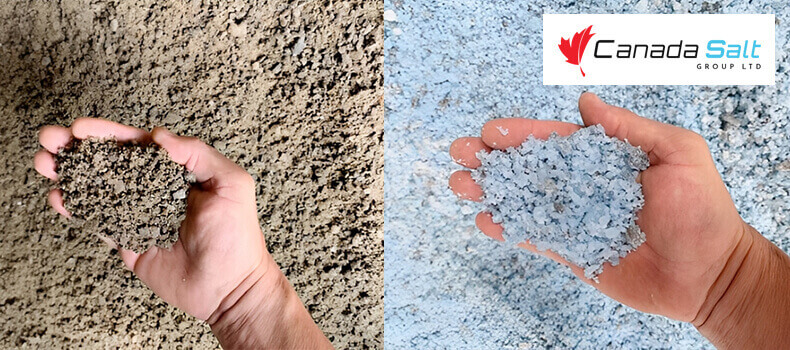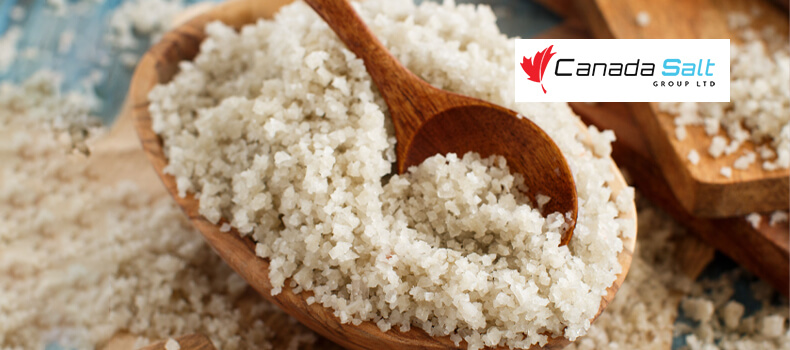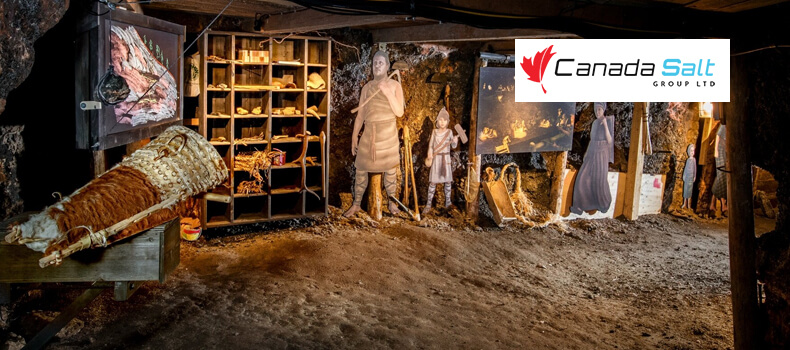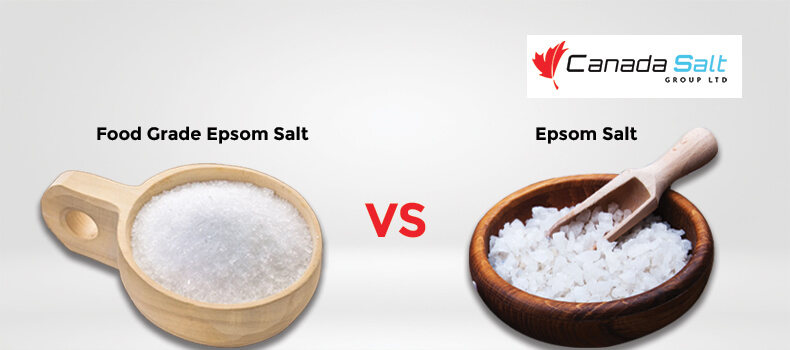Road Salt vs Sand
Most people know that when winter comes, you need to be ready to apply sand or salt to driveways to prevent them from getting iced over and to protect against snow buildup. You should be aware that using sand and salt on the roads according to the situation. Let us find out the main differences between road salt vs sand.
Sand vs Salt: Which Is Better?
It’s important to understand that salt is intended to melt ice, and sand is perfect for improving traction. Before choosing between salt and sand ice melt, whether you’re a business owner or a household, you should consider several factors to using salt or sand for your driveway.
When to Use Sand for Controlling Ice?
Sand is frequently used to control ice since it is non-toxic, affordable, and provides quick results. If you put sand on ice and people walk on it, it will start to get ground into the snow and gradually lose effectiveness, so frequent reapplication is necessary. Sand is not always recommended because it freezes into clumps and can harm cars and pedestrians. So, many choose salt over sand because of this issue. It is advisable to use gritty sand rather than fine sand if you are using sand.
What Happens When You Use Sand on Ice?
People use sand even though it is less effective than all snow removal products because it has some other benefits in particular situations. They are as follows.
- Retains the Heat From the Sun: The sand absorbs and retains the sun’s heat. You can observe it while walking on a sandy beach on a sunny day. But, in this case, it takes a lot of work. After spreading sand on the ice, it melts after the sand gets heated by the sun.
- Increases Friction: The sand reduces the chances of slipping by embedding itself on the snow’s smooth surface and increasing traction.
- Environmentally friendly: It is better for the environment, and even if you spread sand on your driveway and it washes off the waterway, it has minimal or no effect on the water flow. But rock salt is more effective.
When to Use Salt to Melt Snow?
The key difference between Road salt and sand is that the sand makes the snow surface less slippery by providing it traction and is not ideal for melting ice where, whereas salt is the ideal solution to melt hard snow or ice by forming brine with a low freezing point with the help of surrounding heat and moisture.
There are many types of salts for melting the snow, which have different purposes. For example, If the temperature is very low, it is advisable to use calcium chloride rather than sodium chloride because it is more effective. Salt is generally considered a long-term solution with fewer applications to fix the problem. It is generally used before a snowstorm and can also be applied to prevent snow accumulation.
Mixing Salt & Sand
Mixing sand and salt doesn’t improve its efficiency. Adding these products to the salt will decrease the results. The sand gives you instant traction; even the sand and salt mix will give you the same. If a vehicle is stuck on an inclined surface and the only solution you opt for is instant friction, you mix the sand and salt for instant traction to move the vehicle rather than waiting for the snow or ice to melt completely.
Sand and Salt Alternatives
There are other deicing agents than salt and sand, but these two are the most widely used. However, many alternatives to sand and salt are there. Each of these things works in a unique way and to different degrees to lower the freezing temperature of the water.
Calcium Magnesium Acetate
It may prevent ice from forming in temperatures as low as -27°F and is also known as CMA. It generally costs more than normal salt, though.
Nitrogen-Based Products
Up to -20°F, nitrogen-based products keep ice from forming.
Potassium Chloride
With a freezing point of -12°F, this substance, known as Kcl, is safer for animals but isn’t the best choice for cold climates.
Magnesium Chloride
Magnesium chloride can absorb moisture from the air at 32% humidity, making it less corrosive than other goods and accelerating ice melting.
Calcium Chloride
One of the most environmentally friendly salts you can purchase is calcium chloride (CMA), which may prevent ice from forming at temperatures as low as -27°F. However, the cost is typically higher.
Sodium Chloride
Nothing is used more frequently in the winter than sodium chloride, or table salt or NaCl. This rock salt, which is an affordable alternative, is an excellent winter tool when seeking to apply very big volumes with excellent effects.
Conclusion
Sand and Road salt both have their uses. Salt is considered an effective solution to remove snow or ice. In comparison, sand is used for temporary and instant friction and is not recommended for melting ice. Mixing both of them doesn’t give you any effective results yet reduces the efficiency of the product. You need to remember the situation and use the salt or sand accordingly. If you are looking for a reliable bulk road salt supplier, contact Canada Salt Group Ltd at +1 866-321-7258 for a FREE Quote.





